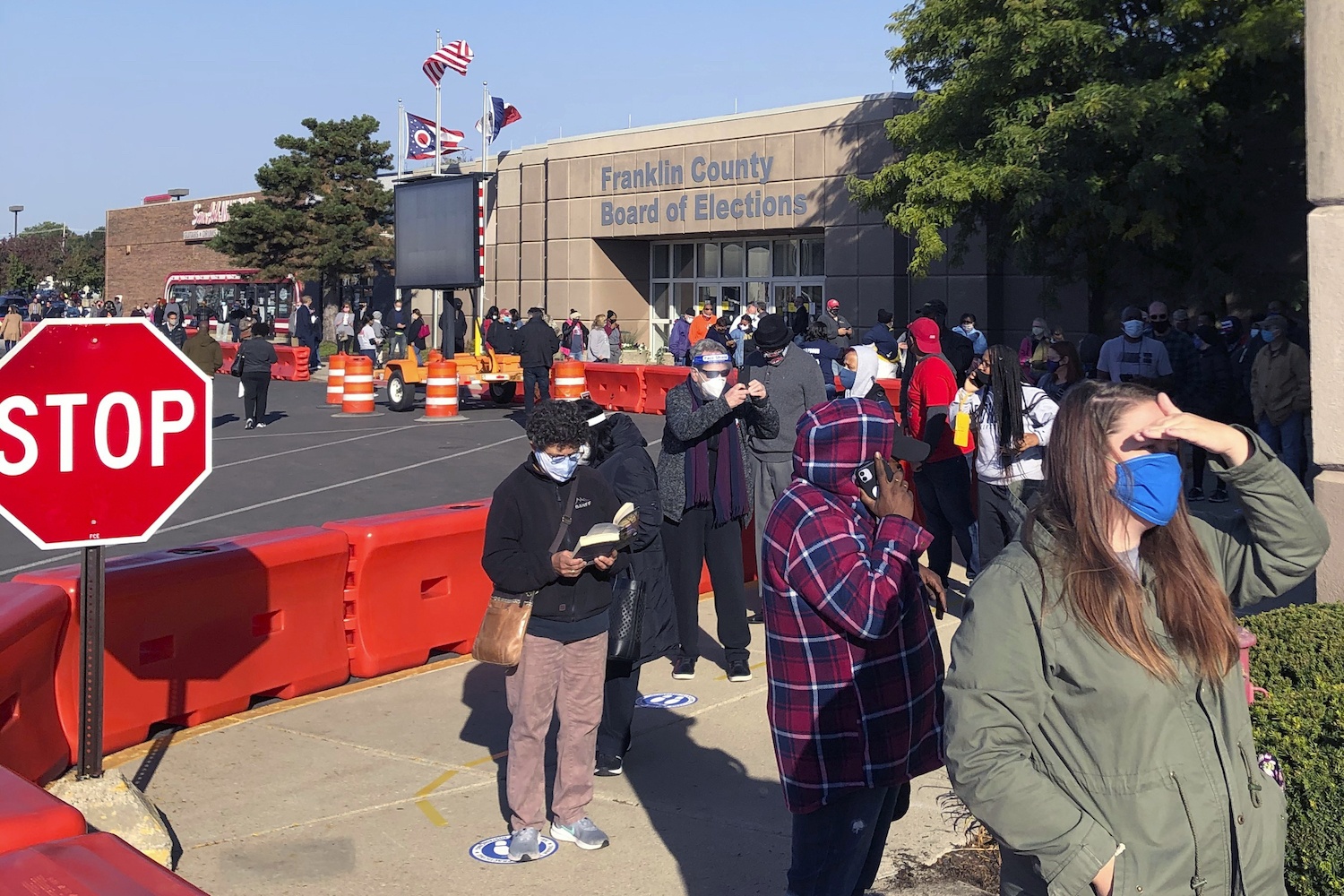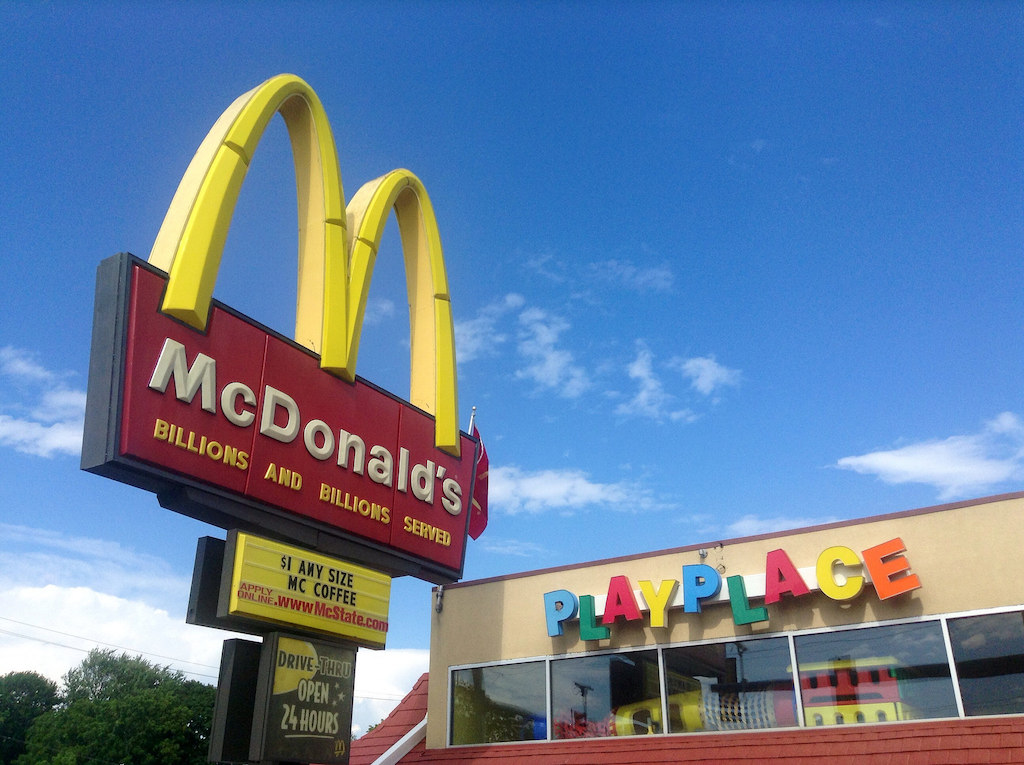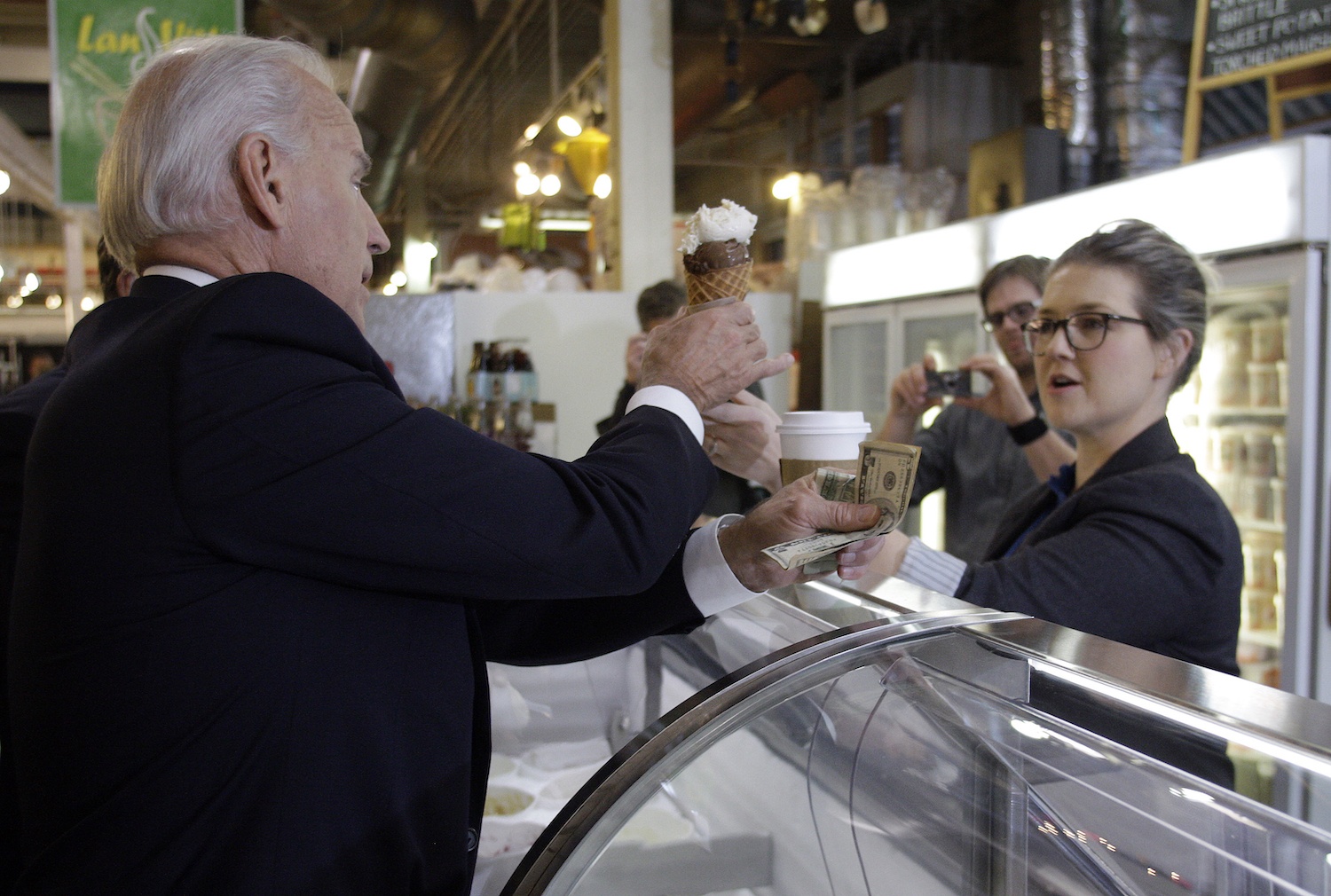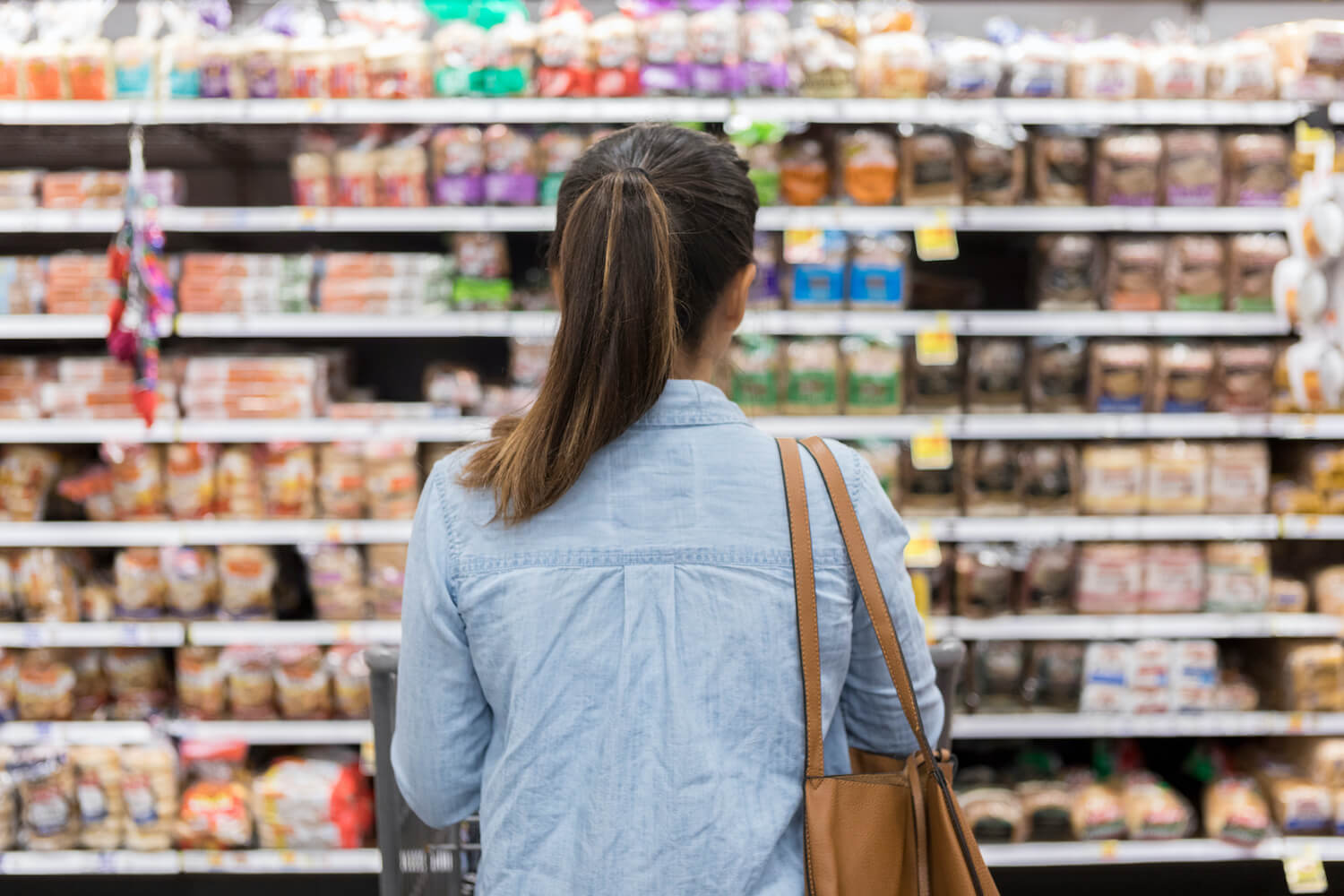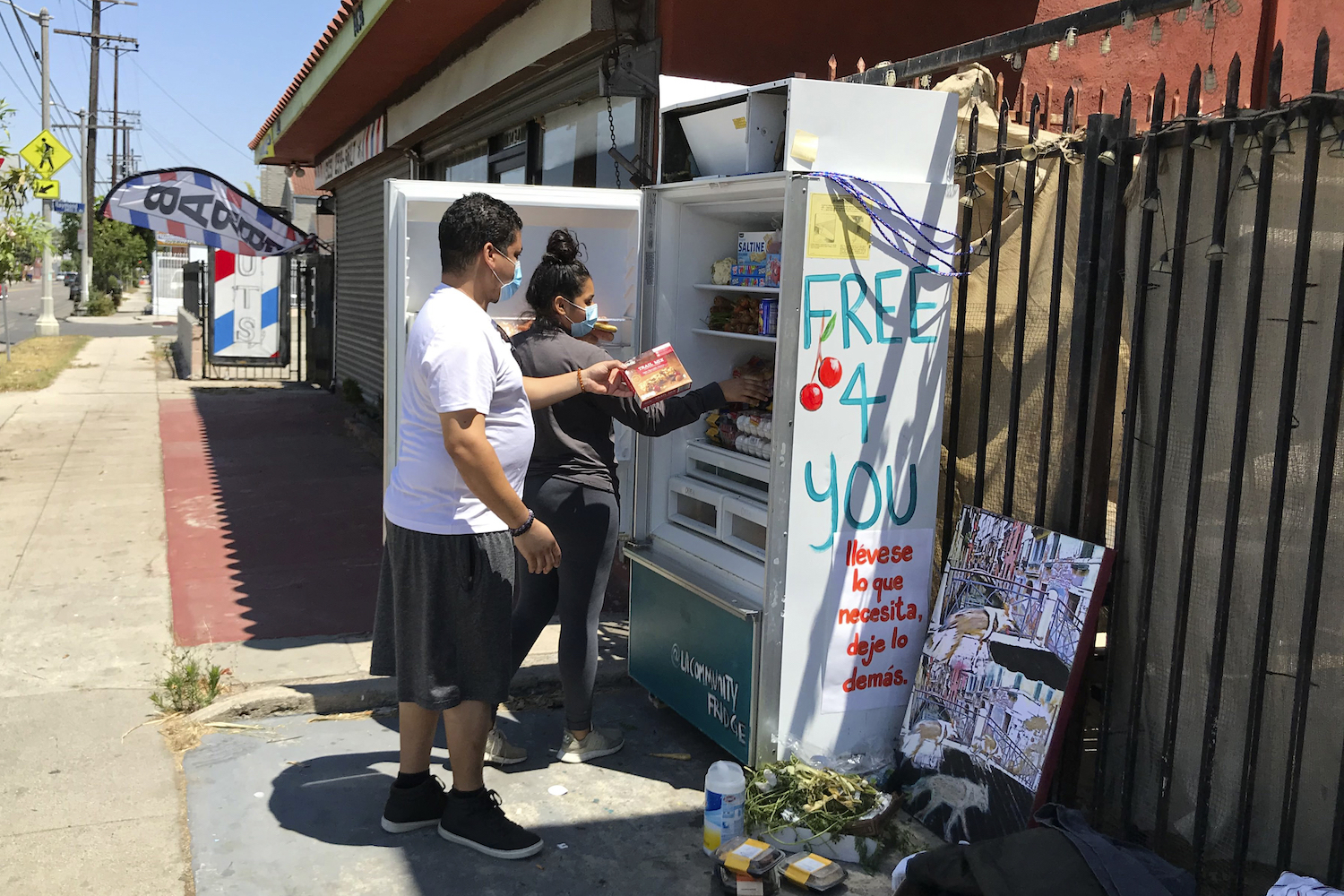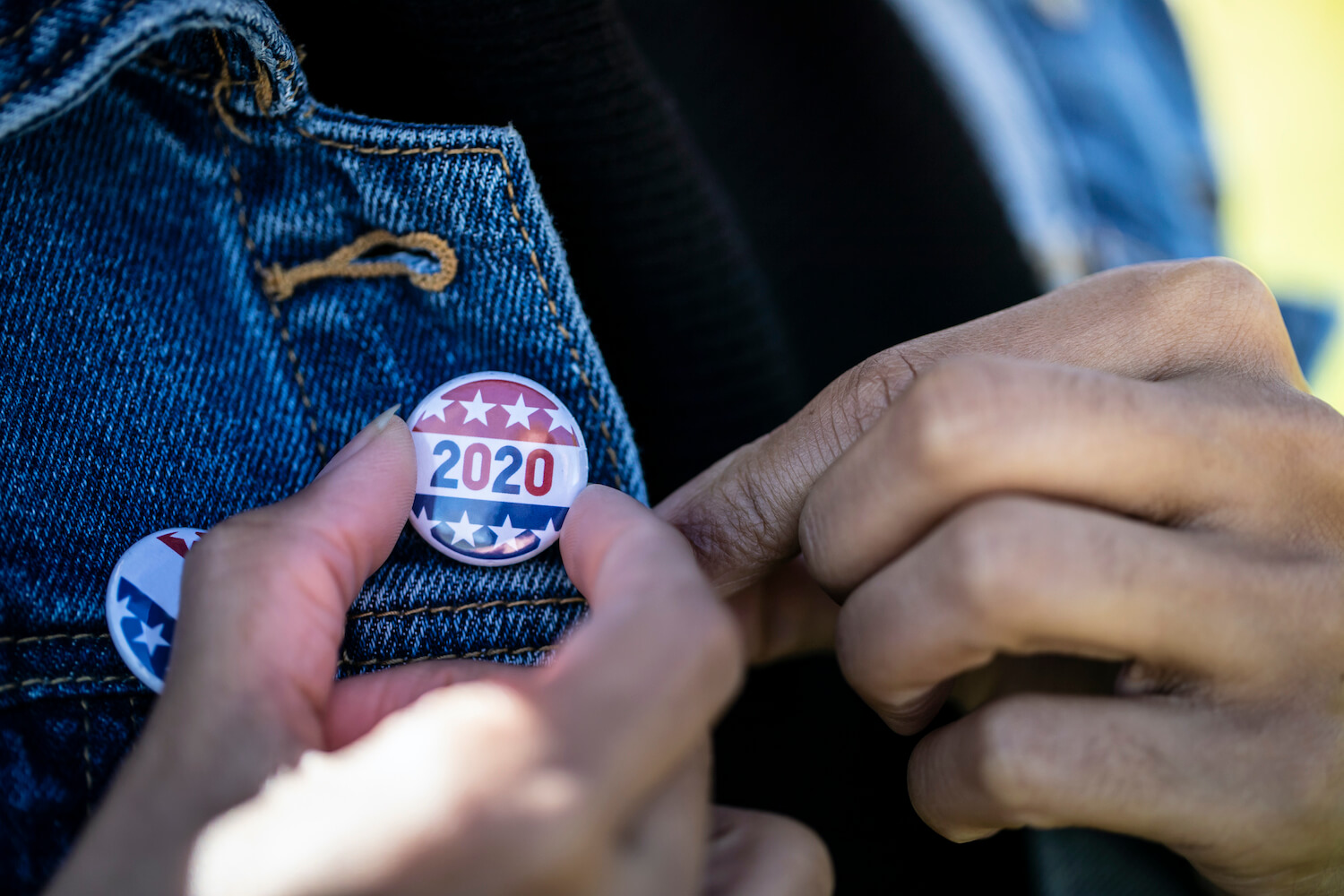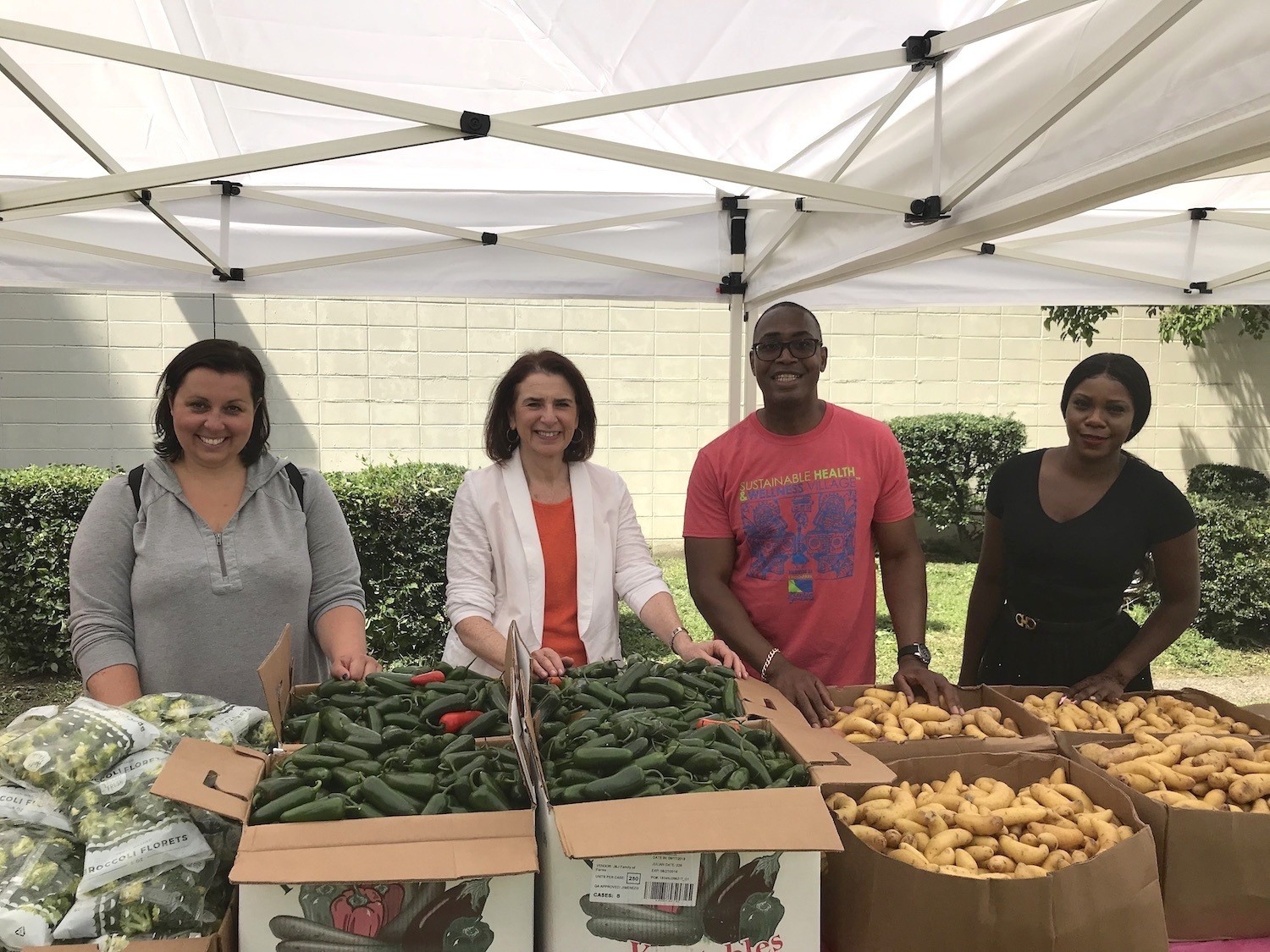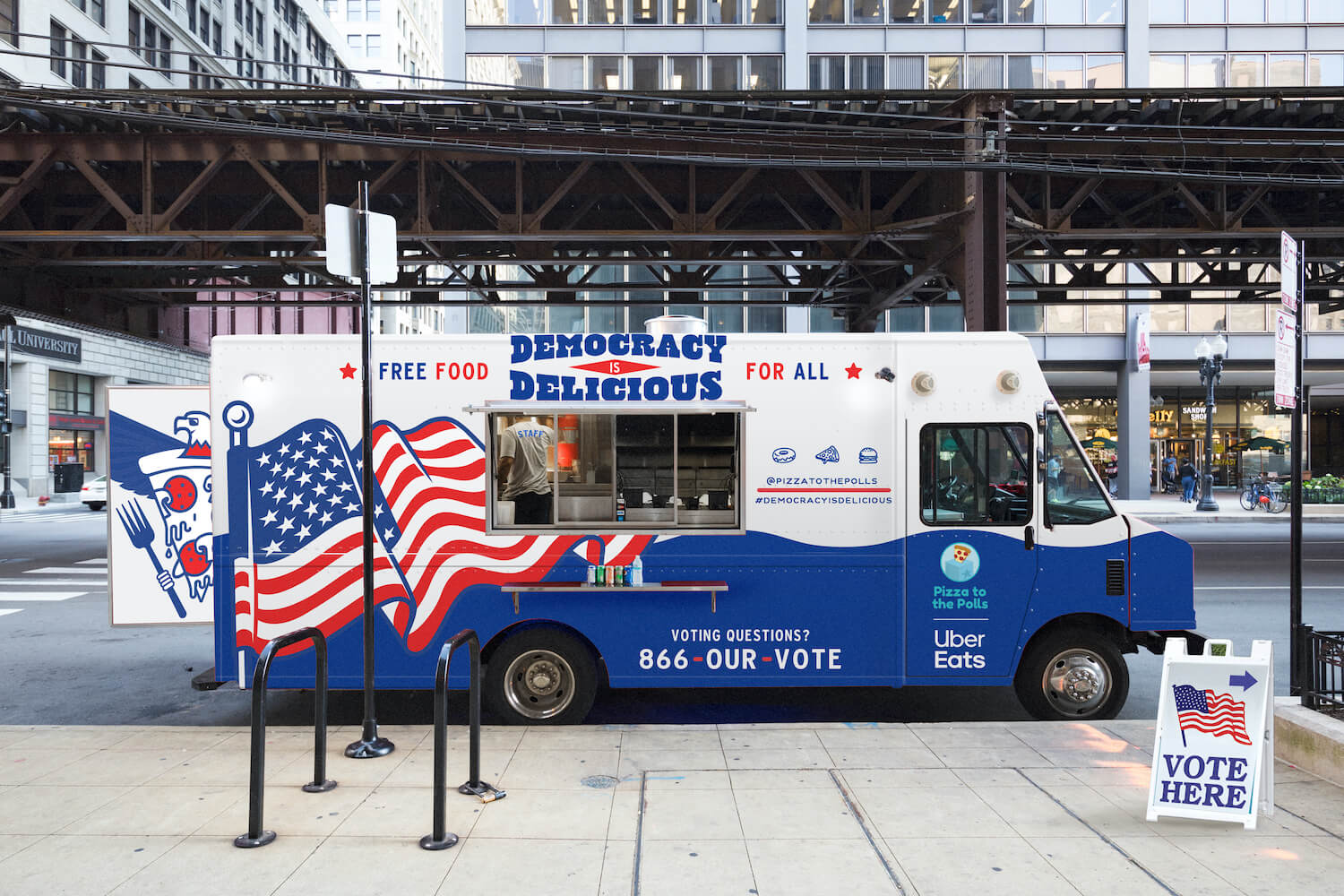
Photo courtesy of Pizza to Polls / Food Truck Design Credit: Seize Digital/Impactual
Pictured above: a mock-up of a food truck from the Pizza to Polls initiative.
In case you’ve been living in a sensory deprivation tank, here’s the news: It’s two weeks until Election Day in America. And if, in the past, you’d managed to divorce food from politics, you may find it especially difficult to do that now.
If you work in hospitality, for instance, what you’re doing with your time might have a lot to do with whether you’re one of the estimated 4 million workers in that sector who are out of a job. As we reported last week, mass unemployment and scattered re-openings have encouraged some out-of-work servers and bartenders to get busy text-banking for the candidate they believe can get them back on the job.
If you’re a restaurant or franchise owner lucky enough to be open for business, you may be thinking about how to meet this moment in a casually political way that says, hey, companies are engaged citizens, too! Some national chains like Noodles & Co. and Sweetgreen, for instance, will give employees paid time off to cast their votes.
Still others have nixed the neutral, it-feels-good-to-vote corporate culture in favor of a call to action: &Pizza, an East Coast pizza chain, will give its 700 employees Election Day off, paid, plus three additional paid days off to engage in “activism of their choosing” in the days leading up to the election, according to a press release.
With a few notable exceptions, most efforts steer clear of party politics (here’s a Chicago bakery offering “smash cakes” decorated with the faces of President Trump and Vice President Pence). But one thing seems obvious: In a year when the food-service industry alone is projecting $300 billion in losses, you’re less likely to be seen as an average consumer these days, and more likely to be valued for what you represent: a potential voting bloc.
1. I Voted Today Beer
When the owners of Tired Hands Brewing Company, a medium-sized craft brewery in Pennsylvania, wanted to address how changes to local election rules had complicated voting in the company’s home state, they looked to a recent craft brewery trend. Let’s call it movement brewing.
Here’s how it works: Brewers develop a beer and brand it around a particular cause, be it social justice or disaster relief; get other breweries to join the effort by supplying them with the recipe and label design; and raise funds to support the cause when drinkers buy the beer.
43 breweries have signed up to brew I Voted Today, providing local voting precinct information to beer drinkers, and raising funds for several voting rights advocacy organizations.
After having participated in other recent campaigns—first Sierra Nevada’s Resilience IPA in 2018, which was created to support victims of the California fires, and more recently, Weathered Souls Brewing Company’s Black is Beautiful stout, sales of which supported the Black Lives Matter movement this summer—Tired Hands created I Voted Today, a double dry-hopped American pale ale, complete with a peel-off sticker that says same. Sales “support every American’s right to vote.”
Across the country, 43 breweries have signed up to brew I Voted Today, providing local voting precinct information to beer drinkers, and raising funds for several voting rights advocacy organizations. Tired Hands itself brewed 4,600 four-packs of the beer.
From one beer, many communities can be reached. That’s the idea. “The power of working with our wonderful network of peers is that they can put out information in their localities for the beer drinkers in their states,” said Tired Hands co-owner Julie Foster.
2. Fuel the Polls
A month ago, chef Daniel McLaughlin was on a Zoom call with Power the Polls, a national initiative to recruit poll workers, when he realized that Philadelphia, where he runs his restaurant, Mission Taqueria, is a swing city, in a swing state. But in order to handle a strong voter turnout and ensure a smooth election, the city needed help recruiting a new generation of poll workers.
Chefs are natural community-level organizers. Their clientele represent powerful constituencies. And they are great at figuring out how to draw a crowd.
“Once I got off that call, I was thinking, well we have such a darling following of millennials who could staff these polling places in place of the 60-plus demographic,” said McLaughlin. Philadelphia needed more poll workers. And, McLaughlin thought, he could incentivize young people to take on the job by feeding them. So he created Fuel the Polls. In exchange for signing up to work the polls, they will get free lunch delivered to their polling place on election day.
Fast forward three weeks and Fuel the Polls now boasts 700 new poll worker sign-ups. Mission Taqueria and partner Philadelphia restaurants will deliver close to 2,000 meals on election day. MANNA, a local non-profit food delivery service, will support the deliveries, and TerraVida, a medical marijuana company, is covering the cost of food.
3. Take Out the Vote
Berkeley Food Institute, a non-partisan food systems research arm of the University of California, Berkeley, wanted to ensure that people who spend their days in and around restaurants—cooks, servers, and delivery drivers—were registered to vote, could find their polling place, and had a plan for Election Day. So it launched Take Out the Vote, an initiative to make voting information easily accessible to anyone who interacts with a restaurant by providing posters, placemats, and links to a website with voter registration information.
Berkeley Food Institute designed placemats and posters for restaurants to post prominently on doors or near take-out windows, and that directed people to a mobile-friendly website with information on voter registration and absentee ballots.
Over a dozen restaurants around the country have joined the campaign so far. “The first person to sign up was [chef and local-and-sustainable food movement doyenne] Alice Waters. She was like, ‘Yep, definitely put Chez Panisse on the list,’” said Chris Cassidy, Berkeley Food Institute’s communications director. Through its network, the group has reached restaurants in California, New York, Florida, Pennsylvania, and Washington. Cassidy, who wishes the institute had launched the initiative sooner, hopes its posters and website will help in the final push leading up to the election. “Everyone who is eligible to vote should be voting if they want to,” Cassidy said.
4. Chefs for the Polls
Chef José Andrés’ World Central Kitchen typically feeds communities that have been stricken by disaster. Andrés, a successful restaurateur, founded World Central Kitchen in 2010 after volunteering to feed victims of the earthquake in Haiti. Now World Central Kitchen works globally to provide emergency food relief. This year, the NGO has fed victims of the California and Oregon wildfires and of the hurricanes in Louisiana and Iowa. But now, the self-described “food first responders” have turned their attention to feeding communities in a different sort of need: those facing long lines to cast their vote.
When early voting began in states like Georgia and Texas last week, the organization launched its #ChefsForThePolls initiative, funding chefs and food trucks across its network to bring meals to citizens who had to wait to vote—some for 8 hours—at polls in Georgia, Tennessee, Illinois, and California. But according to Josh Phelps, director of relief operations for World Central Kitchen, the group plans on working in between 60 and 70 cities, in states as far north as Alaska, before Election Day.
When the polls opened with long lines in New Orleans, Phelps was already in the state, supplying food to communities that had been ravaged by Hurricane Delta. Phelps and his crew showed up to polling lines in New Orleans with food, a brass band, and a cameo from actor Bryan Cranston. “People were dancing and having a good time,” said Phelps. “We just try to make it a fun day for the community that could otherwise be a long, drawn out process.”
5. Pizza to the Polls
Drawing on their tech backgrounds, Scott Duncombe and Noah Manger founded Pizza to the Polls in 2016, when historic voter turnout sparked epic waits and equipment failures at the polls. The co-founders quickly made a website, a Twitter account, and gave themselves a name. Their plan: send free pizza to people waiting to vote with donations from people at home. Visitors to the site or Twitter feed would report long polling lines. Then, Pizza to the Polls would verify the locations and order pizza to be delivered from local pizzerias to polling lines. By Election Day the group had delivered 2,368 pizzas to 128 polling places across the country, all paid for by donations solicited on the site.
“We just want to make it less of a bummer for people to be waiting in line while they’re waiting to vote.”
Four years later, they’re at it again. As of press time, Pizza to the Polls has sent 3,645 pizzas to 300 polling places in 30 states, and raised more than $300,000 to pay for the food. And this year, they’re sending more than just pizza. This weekend, the initiative will roll out a fleet of 185 food trucks and send them to polling places in 25 states that have had historically long polling lines in the past.
“We just want to make it less of a bummer for people to be waiting in line while they’re waiting to vote,” said Amirah Noaman, Pizza to the Polls’ program director.
The group has collaborated with national and regional food partners like Shake Shack, Milk Bar, Just Water, and Kind Bar to provide food for the trucks. The trucks will be filled with hot and cold individually packaged snacks. Nuchas Empanadas will supply snacks for New York City trucks. In Los Angeles, Phoenix, and Las Vegas, trucks will offer Wetzel’s Pretzels.

